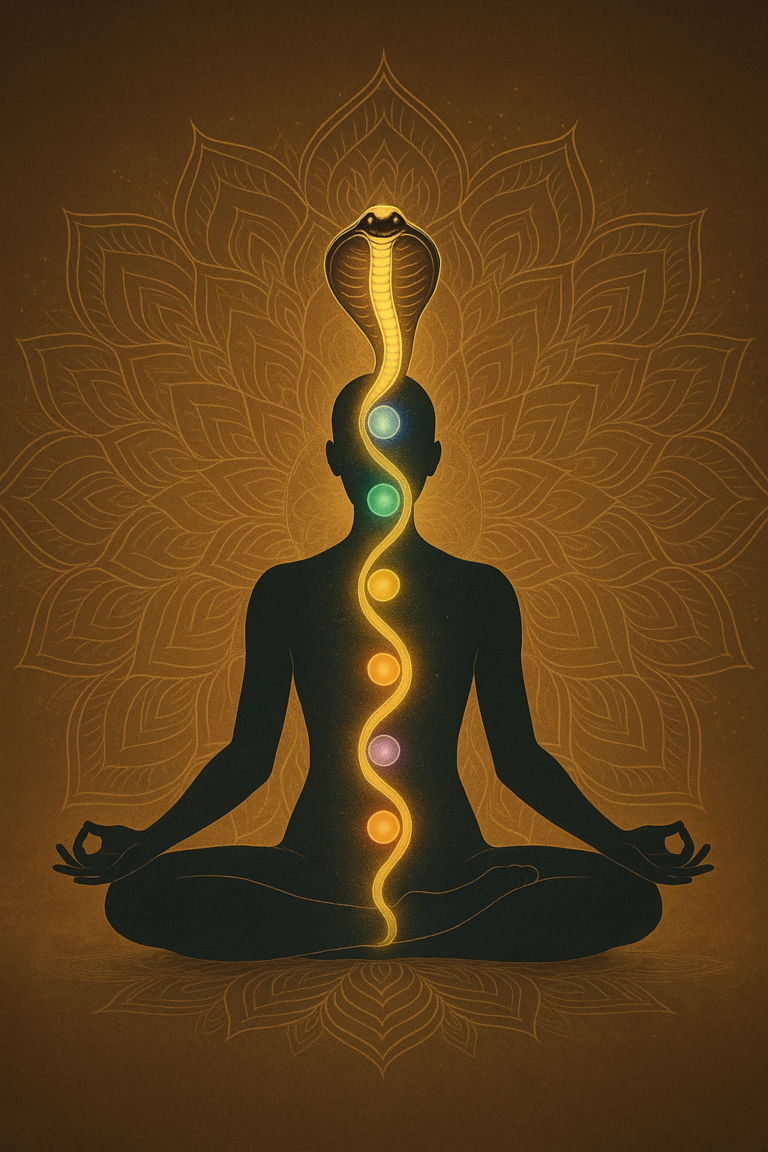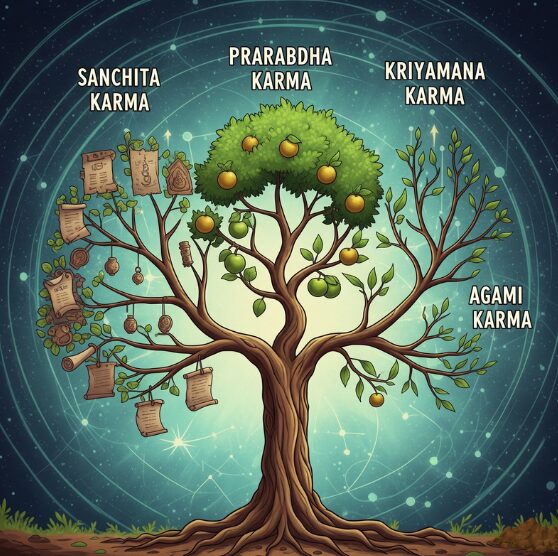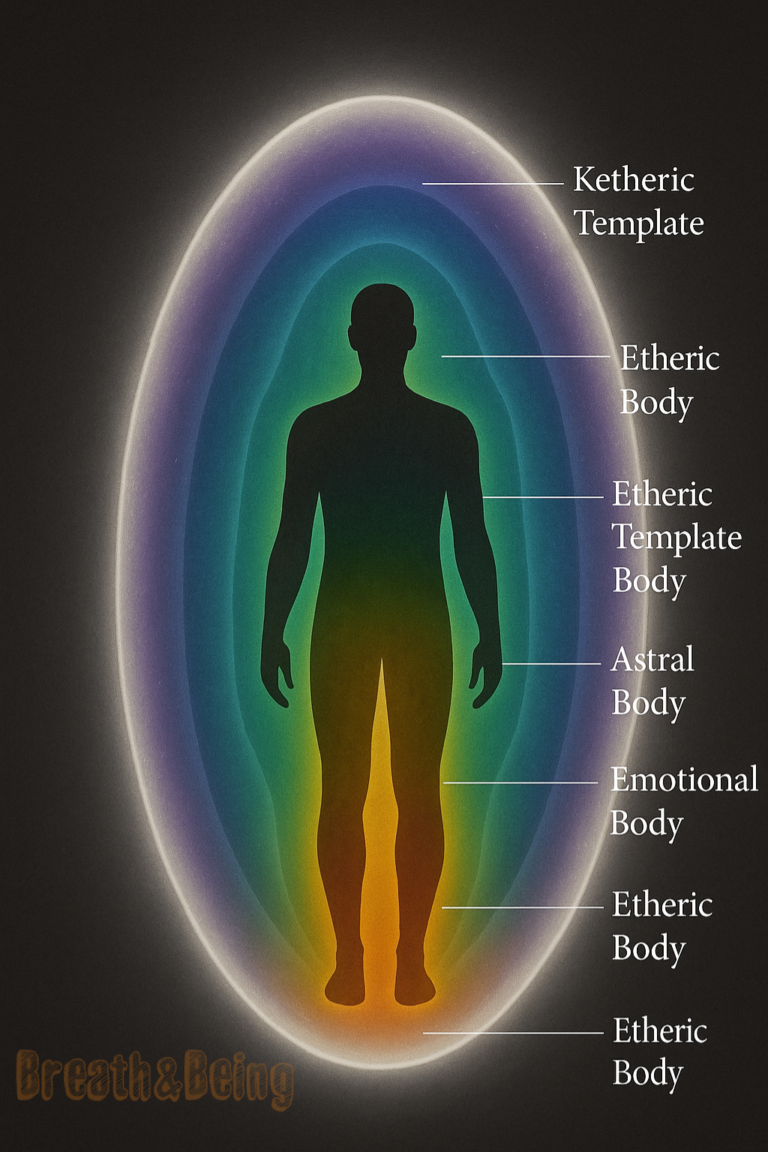Understanding the Muladhara Chakra: The Root of Human Energy
The human energy system, as understood in ancient traditions, is a complex and intricate network of subtle energy centers known as chakras. Among these, the Muladhara Chakra (or Root Chakra) stands as the most fundamental, the very root of our existence, grounding us to the earth and providing the foundation for all higher spiritual development. Located at the base of the spine, between the anus and the genitals (perineum), the Muladhara Chakra is our primal connection to the physical world, representing stability, security, and our basic survival instincts.
Etymology and Symbolism
The word “Muladhara” is derived from two Sanskrit words: “Mula” meaning “root” and “Adhara” meaning “support” or “foundation.” This etymology perfectly encapsulates its role as the root support of our entire chakra system and our very being.
Symbolically, the Muladhara Chakra is often depicted as a four-petaled lotus, representing the four fundamental aspects of the human psyche: mind (Manas), intellect (Buddhi), consciousness (Chitta), and ego (Ahamkara). Its vibrant red color signifies energy, vitality, passion, and the raw, earthy power it embodies. Within the lotus, a square is often found, symbolizing stability, structure, and the four directions, reinforcing its connection to the physical world.

At the center of the square, a downward-pointing triangle is frequently depicted, representing the upward flow of energy (Kundalini) from the base. The seed mantra (bija mantra) associated with the Muladhara Chakra is “LAM”. The deity associated with this chakra is typically Lord Ganesha, the remover of obstacles, and sometimes Brahma (the creator) and Dakini (a powerful goddess).
Location and Associated Elements
The Muladhara Chakra is situated at the very base of the spine, corresponding to the perineum in males and the cervix in females.It is directly linked to:
- Element: Earth. This connection highlights its role in grounding us, providing stability, and linking us to the material world.
- Sense Organ: Nose (sense of smell). Our sense of smell is primal and directly linked to survival (e.g., detecting danger, food).
- Action Organ: Anus (elimination).This further emphasizes its connection to basic bodily functions and survival.
- Gland: Adrenal Glands.These glands produce adrenaline and cortisol, hormones crucial for the “fight or flight” response, directly related to survival instincts.
- Body Parts: Legs, feet, bones, large intestine, teeth, nails. These are all structures that provide support and contribute to our physical stability.
Functions and Significance
The Muladhara Chakra governs our most primal needs and instincts. A well-balanced Muladhara Chakra manifests as:
- Feeling of Security and Safety: A strong sense of being grounded, protected, and secure in one’s environment.
- Stability and Groundedness: The ability to remain centered and stable amidst life’s challenges.
- Physical Vitality and Health: Robust physical health, strong immune system, and good energy levels.
- Basic Trust: Trust in oneself, in others, and in the universe to provide for one’s fundamental needs.
- Survival Instincts: Healthy instincts related to self-preservation, food, shelter, and reproduction.
- Resilience: The capacity to bounce back from adversity and maintain a sense of inner strength.
Signs of an Imbalanced Muladhara Chakra
When the Muladhara Chakra is out of balance, either overactive or underactive, it can lead to various physical, emotional, and psychological issues:
Underactive/Deficient Muladhara:
- Fear and Anxiety: Chronic feelings of insecurity, worry about basic needs (money, housing, food).
- Lack of Grounding: Feeling disconnected, floaty, or unanchored.
- Financial Instability: Difficulty managing finances, chronic debt, or a constant struggle for resources.
- Physical Weakness: Fatigue, low energy, poor circulation, issues with legs, feet, or bones.
- Lack of Confidence: Low self-esteem, feeling unworthy or unsupported.
- Digestive Issues: Constipation, irritable bowel syndrome.
Overactive Muladhara:
- Materialism and Greed: Excessive attachment to possessions, hoarding, obsession with money.
- Aggression and Anger: Easily provoked, confrontational behavior.
- Fear of Change: Resistance to new experiences, rigid thinking.
- Overeating/Obesity: Using food for comfort or security.
- Restlessness and Hyperactivity: Inability to sit still, constant need for activity.
- Possessiveness: Clinging to people or things out of fear of loss.
Practices to Balance the Muladhara Chakra
Balancing the Muladhara Chakra is crucial for overall well-being and forms the basis for awakening higher chakras.Various practices can help restore its equilibrium:
- Yoga Asanas: Poses that connect you to the earth and strengthen the legs and core are highly beneficial.
- Mountain Pose (Tadasana): Grounds and stabilizes the body.
- Warrior Poses (Virabhadrasana I, II, III): Build strength, stability, and confidence.
- Tree Pose (Vrksasana): Improves balance and focus.
- Squats (Malasana): Engages the pelvic floor and lower body.
- Child’s Pose (Balasana): Provides a sense of safety and surrender.
- Meditation:
- Root Chakra Meditation: Focus on the base of the spine, visualize a red light, and repeat the mantra “LAM.”
- Grounding Meditations: Visualize roots growing from your feet deep into the earth.
- Mantra Chanting: Chanting the bija mantra “LAM” can activate and balance the chakra.
- Affirmations: Positive affirmations can reprogram subconscious beliefs related to security and abundance.
- “I am safe and secure.”
- “I am supported by the universe.”
- “I have everything I need.”
- “I am grounded and stable.”
- Connection with Nature: Spending time outdoors, walking barefoot on the earth, gardening, or hugging trees can deeply ground and connect you to the earth element.
- Diet: Incorporate root vegetables (carrots, potatoes, beets), red-colored foods (strawberries, apples, tomatoes), and protein-rich foods into your diet.
- Sound Therapy: Listen to drumming, rhythmic music, or sounds of nature.
- Aromatherapy: Essential oils like sandalwood, cedarwood, frankincense, and vetiver are associated with grounding and stability.
- Crystals: Red Jasper, Black Tourmaline, Hematite, Garnet, and Bloodstone are believed to support the Muladhara Chakra.
Conclusion
The Muladhara Chakra is more than just an energy center; it is the foundation upon which our physical, emotional, and spiritual well-being rests. By understanding its significance and actively working to keep it balanced, we cultivate a deep sense of security, stability, and inner strength. This solid foundation then allows us to fearlessly explore the higher realms of consciousness, ensuring that our spiritual journey is well-rooted and powerfully supported. Nurturing your Muladhara is not just about survival; it’s about thriving with a profound sense of belonging and unwavering inner peace.






Awesome! Its really awesome paragraph, I have got much clear idea on the topic of frlm this piece
of writing.